
ACA’s BoSP Perth: money matters
ACA’s BoSP Perth: money matters
Share
The Business of Small Practice (BoSP) forum series is an initiative of the Western Australian Committee of the ACA (Association of Consulting Architects). It brings together architects to share insights about the behind the scenes functions of practice. The most recent event – which took place in Perth in May – focused on Money Matters.
Keynote speaker Warwick Mihaly, principal of Mihaly Slocombe in Melbourne, said that he and partner Erica Slocombe share responsibility for increasing the profitability of their nine-year-old practice with their employees.
“I am a data evangelist, I love spreadsheets, and we use Streamtime to track our practice finances,” Mihaly said. “And we are trying to achieve transparency, so that our whole team is responsible for delivering on our deadlines. Streamtime helps us do that.
“If we can increase our overall profits, we want to share those profits with our staff, who made that growth possible,” he continued. “At the moment, Erica and I are the most poorly paid people in our practice. So the question for us is, ‘How can we change our fortunes without losing what we are?’”
Having analysed the firm’s position – and shared those insights via his Panfilo blog – Mihaly now borrows strategies from the technology industry and start-ups, such as ‘goals oriented planning’ – which marries income projections with project deadlines; and ‘small-batch processing’, which saw the practice double the number of presentations it does to clients to avoid task duplication.
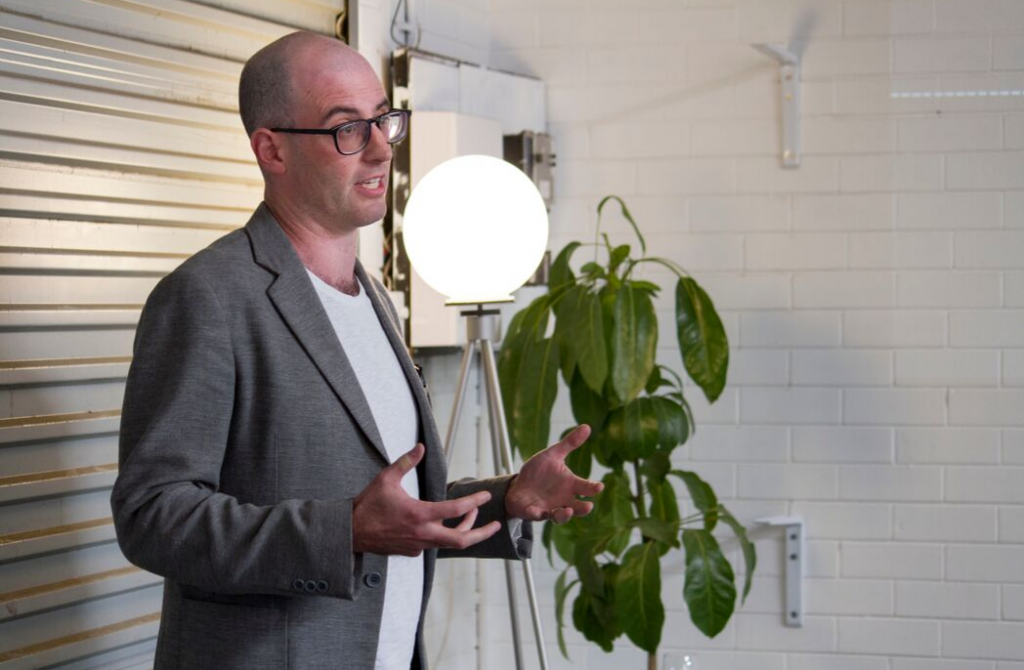
Warwick Mihaly
“Our recent comparison of Mihaly Slocombe’s project phases with soon-to-be-published ArchiTeam research showed that, for us, documentation is a loss maker,” Mihaly said. “So we’ve totally re-engineered the way we present to clients to address that.”
He anticipates that minor adjustments to workflows – such as ensuring tasks are ready from council, engineering or client perspectives, before proceeding – will deliver substantial profit gains.
“We realised that if we could increase our fee generation by one-sixth over what we are achieving now, the principals’ salaries would suddenly become viable,” Mihaly said. “And if we implement ArchiCAD instead of our current CAD tools, that seems achievable. It means we can have a very small impact on our studio and a very big impact on our viability. Essentially, our business is a vehicle to allow us to live our best lives.”
Closing up and working smarter
A similar motivation led Perth-based architect Patrick Miller of Finespun Architecture to pursue an unconventional trajectory: one that involved closing his traditional office and scaling back his firm.
“After starting our practice at home, then moving to the garden shed, we ended up getting an office with five staff,” he said. “Life was enjoyable, but stressful as well, because I ended up managing people. The future looked bright, but I wasn’t entirely comfortable moving in that direction towards growth; getting even bigger wasn’t necessarily my idea of success.”
Miller paused to consider his objectives, and realised he wanted to focus on other pursuits – his young family, playing drums and spending time with nature. So he completed a business course, previously called Curtin Growth. “That led me to reassess our entire business model and, most importantly, which projects and clients align with our passion and give you reason to get out of bed in the morning,” he said.
Miller made some major changes, including rebranding the practice with a new website and logo, and increasing its presence on social media. “Another big change for me – because I hate numbers – was to engage a bookkeeper and switch our accounting system to Xero,” he said. “That changed our invoicing behaviour, because I don’t have to follow up clients to inform them an invoice is late; the systemised billing does that for me now.”
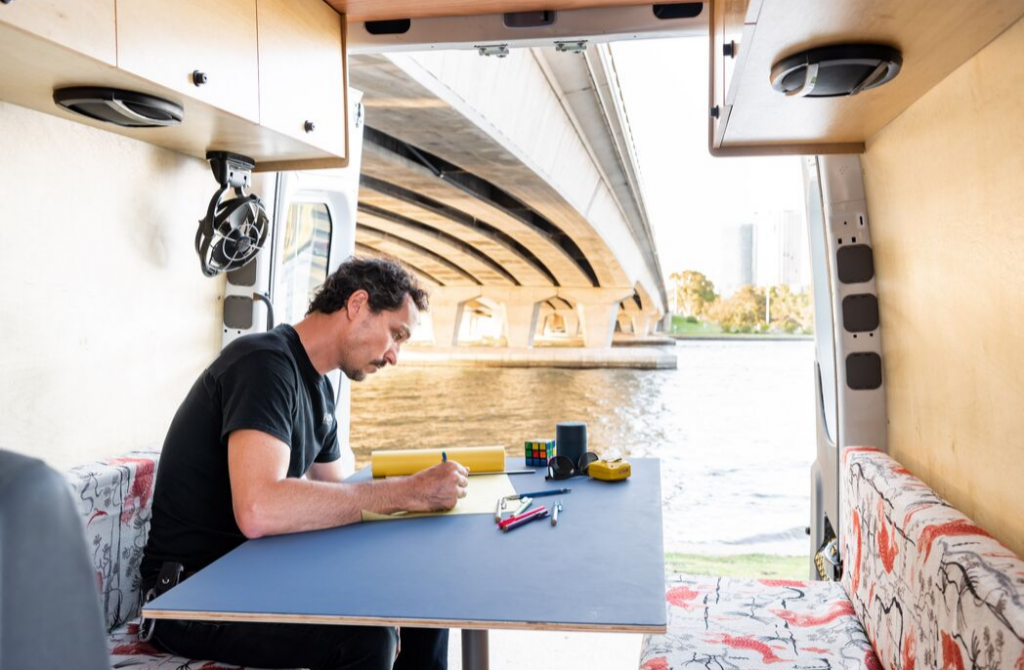
Patrick Miller at work in his van
The most substantial change was the office itself: Miller now operates Finespun from a customised van that he converted himself, complete with solar panels, a fridge, drawing table and small meeting space.
“We work remotely, so all of our projects are cloud-based, which frees up our energy from the old days of backing up to hard drives,” he said. “We use a few key apps such as Zoom for video conferencing, which is plugged into our calendars; What’s App for quick team messaging; and Blrt, which enables us to record voice messages and mark up PDF sets of drawings as we turn the virtual pages.”
The firm’s two core staff – Miller and colleague Marcos Prado – set their own flexible hours, and have shifted client expectations around their response times, so they can attend activities at their children’s schools and blur the traditional nine to five system.
“I have a better work/life balance now; I was tired of running on other people’s schedules,” Miller said. “Now I’m the crazy bum working in a van at the beach and I’ve got quite a lot of happiness back into my life.”
Taking yet another approach, architect and presenter Nick Juniper, associate principal at TheFulcrum.Agency, spoke about his observations and experiences working in small and large practices. He emphasised that tracking time and money inputs and outgoings via timesheets was an essential task for practice of all sizes.
“I advise people to fill in timesheets on a daily basis, to provide a snapshot of where the business sits at any one point,” he said. “We use Coincraft, which is a really good program because people can login from anywhere, and we can give staff various levels of access to the data, and view it in many different ways.
“And, while it’s not accounting software, the magic happens when you hit ‘Sync to Xero’ – in terms of invoicing,” he added. “I find it really powerful.”
Juniper said that providing staff with a degree of transparency gave them a clear understanding of the time and cost implications of project resourcing. “Coincraft provides a tool that enables staff to see clearly their time allocation on a project, and enables them to better manage that time profitably.”
TheFulcrum.Agency co-founder and director Emma Williamson concurred, saying that having access to the right information had been a “game-changer” for their business. “It led to a new kind of discipline around timesheets, because we would get that information back, and it would change our behaviour,” she said.
So while these three architects have each chosen different methods and tools, they were driven by shared similar business goals: to achieve a better work/life balance through transparent time management, the pursuit of profitability as a path towards sustainability and happiness, and – most importantly – to enhance the ongoing viability of their practices.
“I think that as architects we need to invest as much effort into the business side as we dedicate to design,” Mihaly said. “And I believe that if we were better at business – and if we knew our value to our clients, and could quantify that in the way that lawyers do – we’d be able to grow the [market share] pie, not have to compete over an increasingly shrinking pie.”
Summing up the positive atmosphere at the end of the forum – and the approach of its co-curator Kate Fitzgerald (from Whispering Smith, profiled in AR157) – Mihaly concluded, “I am hopeful and I share Kate’s passion that, as a new generation engaging in this, we will shift the fundamentals of the profession.”
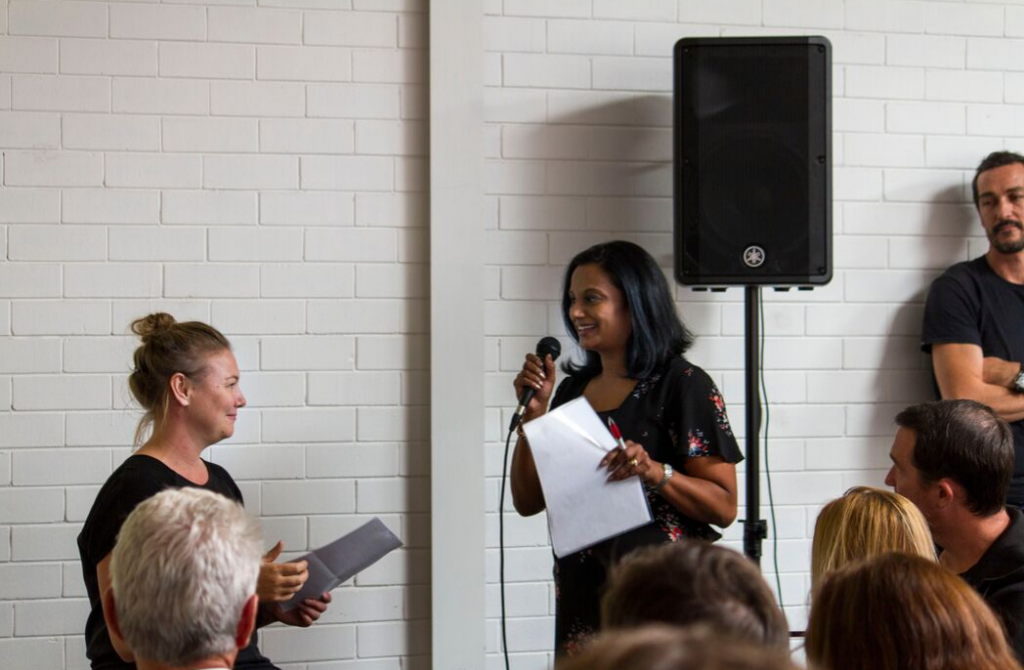
Kate FitzGerald and CEO of ACA Angelina Pillai

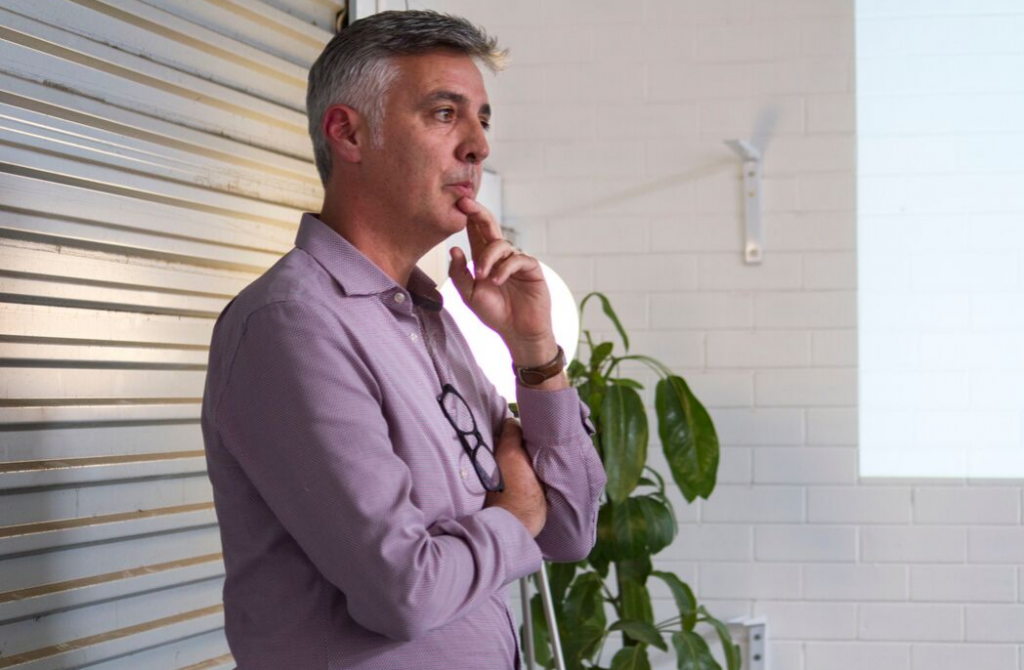
Nick Juniper
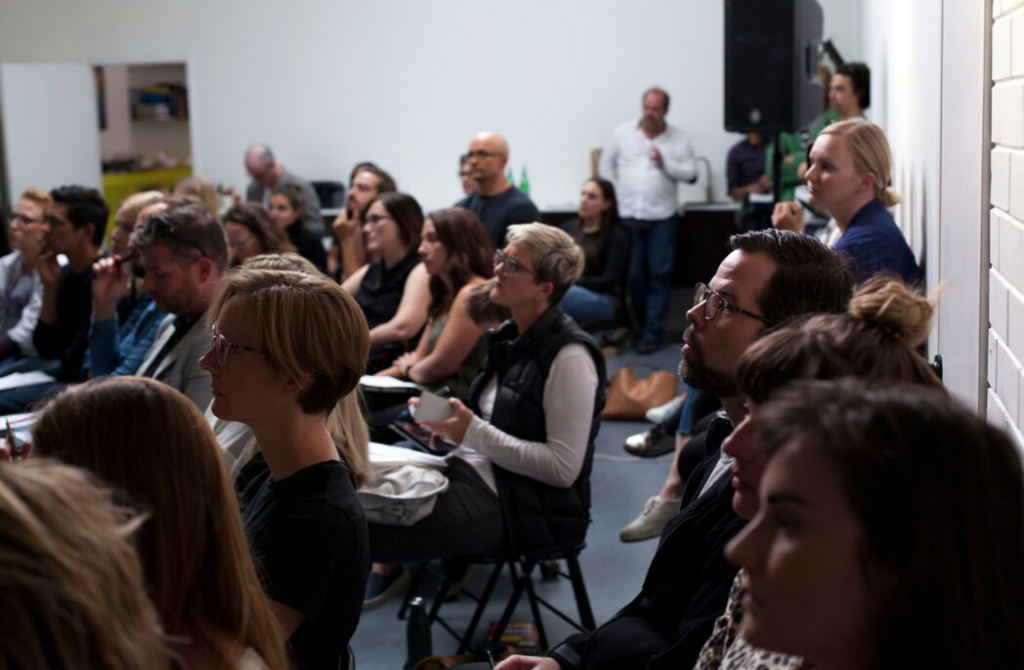

Patrick Miller – living the dream
Resources
- Manifesto for Agile Software Development, agilemanifesto.org
- BLRT, blrt.com
- Coincraft, coincraft.co
- The Lean Startup, book by Eric Ries, theleanstartup.com
- Panfilo blog by Warwick Mihaly, panfilo.co
- Scrum: The Art of Doing Twice the Work in Half the Time, book by Jeff Sutherland, scruminc.com
- Streamtime, streamtime.net
- What’s App, whatsapp.com
- Xero, xero.com/au
- Zoom, www.zoom.us
This article first appeared in Architectural Review #161


















